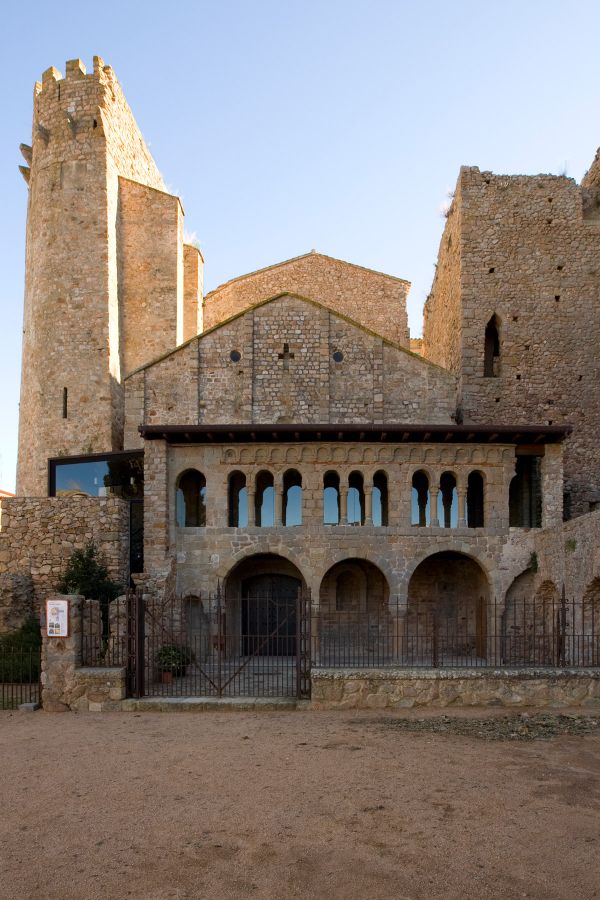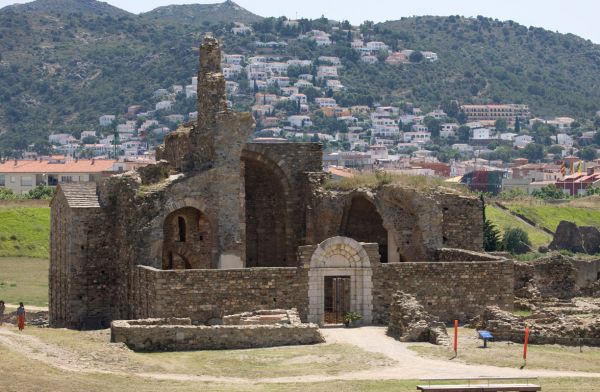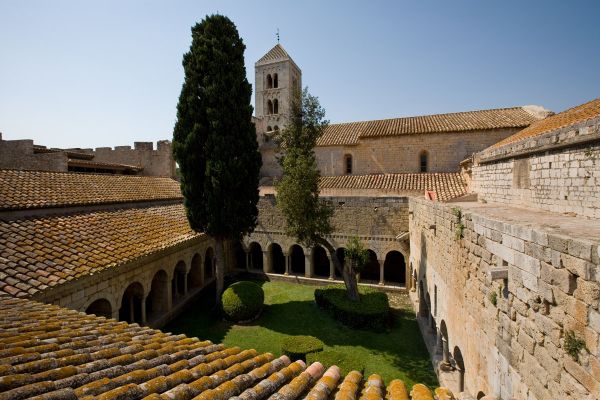The prose off
Josep Pla, the surrealism of
Salvador Dalí and the genius of
Narcís Monturiol come from L'Empordà. We invite you to rediscover the Romanesque key of the land of these great figures. We will travel from south to north, accompanied by another distinctive trait of this area: the north wind!
HERITAGE TO PICK AND CHOOSEThe Costa Brava has much more than just sun and sand: the
monastery of Sant Feliu de Guíxols is one of the best examples of this Romanesque heritage. Standing in front, the
Porta Ferrada is the facade of an ancient pre-Romanesque building that has given name to the oldest music, theatre and dance
festival in Catalonia.
In Santa Cristina d’Aro the Romanesque style of the churches of
Bell-lloc d’Aro and
Sant Martí de Romanyà makes a great combination with the original offer of the
Casa Màgica (House of Magic), a museum dedicated to conjuring and magic. Once in La Bisbal, you can admire the civil Romanesque style of the
castle and the
Terracotta Museu (Terracotta Museum).
Much more in the Romanesque style awaits you, though before continuing we recommend you to visit the
Iberian settlement of Ullastret. In Palau-Sator you get back on track with the
Romanesque paintings of the church of
Sant Pau of Fontclara.
ON THE TRAIL OF GENIUSESYou continue northward to find the ancient Greek colony of
Rhode,
Roses in Catalan: in the
Citadel we find the Lombard style central apse of the
monastery of Santa Maria.
Right by
Figueres the
schubertíades have taken root. They are musical events inspired by the Austrian composer
Franz Schubert. Vilabretran welcomes them every summer, though any moment is perfect for exploring the Romanesque
monastery of Santa Maria. Not very far from Rabós you also find spirituality: the
monastery of Sant Quirze de Colera shows a sober and robust Romanesque style amongst a land of
dolmens and menhirs.
Finally, we must return to the
coast. The
monastery of Sant Pere de Rodes was looted by pirates, visited by pilgrims and made beautiful by one of the most mysterious
sculptors of the Romanesque era, the
Master of Cabestany. For this and much more it is an
indispensable example of the Romanesque style. Don't miss out on the fantastic
capitals!
Have we managed to inspire you? If you have any other interesting suggestions please send them to us on Facebook or publish your photos on Instagram with the hashtag #patrimonicultural. 


